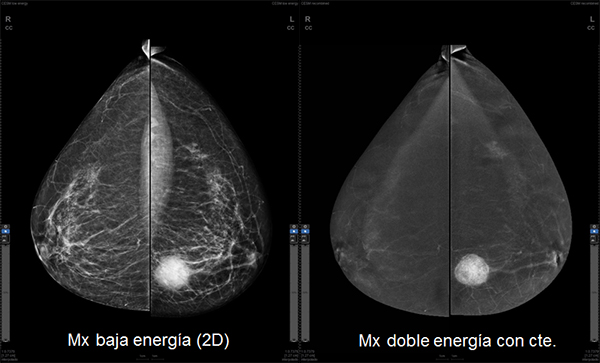
Magnetic Resonance Imaging (MRI) is used to diagnose a variety of central nervous system disorders.

Payment will be allowed for reasonable and necessary scans of different areas of the body that are performed on the same day.įor Symptoms – Tumor/Mass/Cancer Pituitary lesion Cranial nerve lesions Acoustic neuroma HIV/AIDS Syringomyelia (Syrinx) Infection Visual change MS (Multiple Sclerosis) Metastases Neurofibromatosis Vascular lesions (AVM) Hearing loss/IAC mass Bell’s palsy (facial weakness) Covered: In contrast, for those malignancies that commonly metastasize to the brain, staging in the absence of neurological findings may be appropriate.
Mri con contraste skin#
These include carcinomas of the esophagus, oropharynx, and prostate, and non-melanoma skin cancers.” (DeVita, Chapter 52.1) Accordingly, the related diagnoses found in the following diagnosis code list do not justify brain scans for “staging” purposes unless a patient has signs or symptoms suggesting brain involvement. “Certain tumors almost never metastasize to the brain parenchyma. Non-covered indications: esophagus, oropharynx, and prostate, and non-melanoma skin cancer in the absence of symptoms of brain involvement. Clinicians commonly use CT and MRI of the brain when metastatic involvement is suspected. The information provided by the two modalities may be complementary.Ĭancer Staging. Inconclusive findings on a CT scan may warrant a MRI study and, conversely, findings of a MRI study may be further clarified (under certain circumstances) with a subsequent CT scan. Medicare coverage for CT scans is allowed provided the service is medically reasonable and necessary. Such units must be operated within the parameters specified by the approval. See national non-coverage in CMS section above.Ĭoverage is limited to those CT and MRI machines that have received pre-market approval by the FDA. Reconstructed images can be displayed in multiple planes to facilitate analysis. Fluctuations in the strength of the magnetic field alter the motion and relaxation times of hydrogen molecules, which are related to the density of molecules and reflect the physicochemical properties of the tissues. Magnetic Resonance Imaging (MRI) is a non-invasive diagnostic scanning technique that employs a powerful and highly uniform static magnetic field, rather than ionizing radiation, to produce images. The signal data may be subjected to a variety of post-acquisitional processing algorithms to obtain a multiplanar view of the anatomy.

Computers process the signals to produce a cross-sectional view of the body. As x-rays pass through planes of the body, the photons are detected and recorded as they exit from different angles. Magnetic Resonance Angiography (MRA) is not addressed in this policy.Ĭomputerized tomography (CT scanning) uses the attenuation of an x-ray beam by an object in its path to create cross-sectional images. This policy addresses standard CT and MR imaging.


 0 kommentar(er)
0 kommentar(er)
